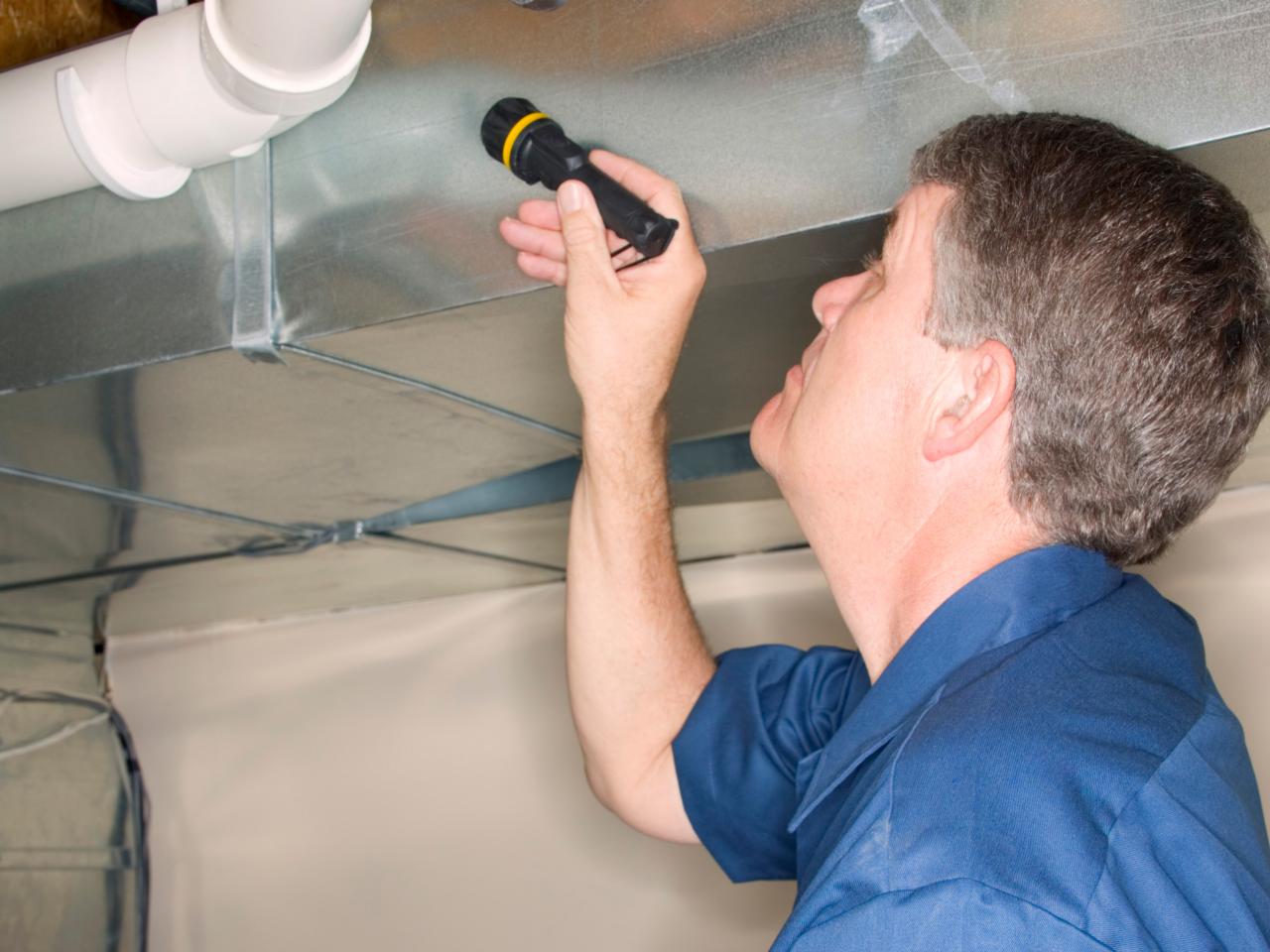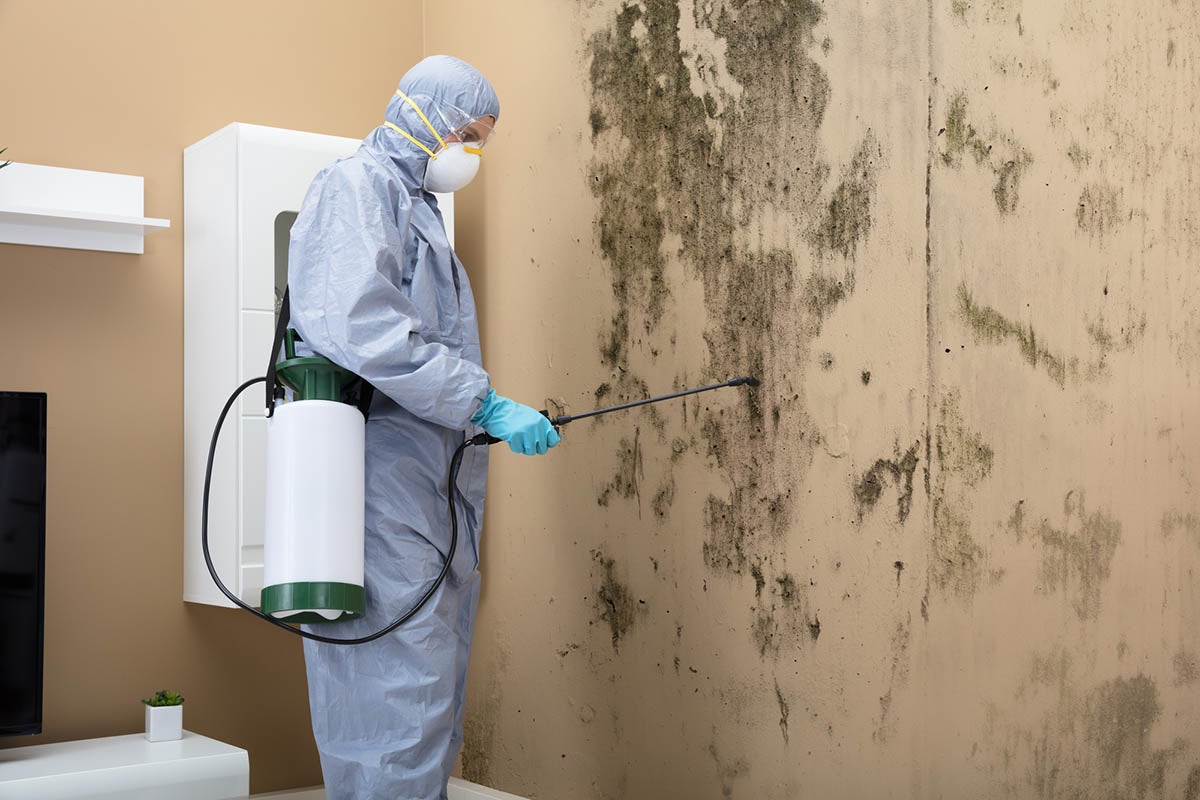After Mold Remediation Approaches for Clean Areas
After Mold Remediation Approaches for Clean Areas
Blog Article
Professional Tips for Blog Post Mold And Mildew Remediation Success
In the realm of mold and mildew removal, successfully eradicating mold and mildew is only half the fight; the real difficulty exists in stopping its reappearance. By sticking to expert tips and best techniques, people can secure their areas versus mold and mildew rebirth and preserve a healthy and balanced indoor atmosphere.
Monitor Humidity Degrees Regularly
After completing mold remediation procedures, maintaining optimum moisture degrees is critical to stop mold and mildew re-growth and guarantee a healthy indoor atmosphere. High humidity levels over 60% develop a favorable environment for mold and mildew to flourish, making normal keeping track of a proactive action to avoid any future mold and mildew problems.
Additionally, establishing a routine schedule for humidity checks, particularly in risky locations such as basements, shower rooms, and kitchen areas, is an aggressive method to mold and mildew avoidance. By consistently keeping track of moisture levels, property owners can successfully minimize the threat of mold and mildew reoccurrence and preserve a healthy interior setting post-remediation.
Conduct Thorough Inspections Post-Remediation
Following the conclusion of mold and mildew remediation procedures, it is imperative to conduct extensive assessments to verify the performance of the removal process. These post-remediation evaluations are critical in ensuring that the mold and mildew problem has been effectively dealt with which there is no reoccurrence or continuing to be mold and mildew development. Inspections should be performed by qualified specialists that have expertise in determining mold and examining indoor air quality.
Throughout these evaluations, numerous methods such as aesthetic evaluations, air sampling, and surface area sampling may be utilized to completely assess the remediated locations. Aesthetic assessments include a comprehensive assessment of the premises to look for any type of noticeable indications of mold and mildew development or water damage. Air tasting helps in identifying the airborne mold and mildew spore degrees, while surface area sampling can discover mold and mildew fragments on surfaces.
Implement Appropriate Ventilation Strategies
After making certain the effectiveness of the mold removal procedure with thorough assessments, the following essential step is to focus on executing correct air flow approaches. Sufficient air flow is necessary in avoiding mold reoccurrence by regulating wetness levels and promoting air blood circulation. To achieve this, it is suggested to make use of exhaust followers in locations prone to high moisture, such as restrooms and cooking areas. In addition, opening home windows and doors when weather allows can help enhance air movement and decrease wetness accumulation. Air purifiers and dehumidifiers are likewise beneficial tools in maintaining ideal interior air quality.
Appropriate ventilation not only aids in stopping mold development yet also adds to the overall health and wellness and convenience of occupants. By ensuring sufficient ventilation throughout the residential or commercial property, you can lower the risk of mold and mildew regrowth and create a much healthier living setting. Routine upkeep of air flow systems, consisting of cleaning and filter replacements, is crucial to maintaining reliable ventilation. Consulting with HVAC specialists can remove mold and mildew odor supply further insights right into maximizing ventilation techniques for your specific building needs.

Use Mold-Resistant Products for Services
To boost the long-lasting performance of mold and mildew remediation initiatives, incorporating mold-resistant products for repairs is crucial in minimizing the danger of future mold and mildew development. Mold-resistant products are developed to endure dampness and hinder mold growth, making them a necessary option for areas vulnerable to moisture and moisture. When fixing locations influenced by mold and mildew, making use of products such as mold-resistant drywall, mold-resistant paints, and mold-resistant caulking can aid protect against mold reappearance.
Mold-resistant drywall is an exceptional option to conventional drywall in locations like bathrooms and basements where wetness degrees are greater. When revealed to damp problems, this type of drywall has an unique finishing that resists mold growth also. Furthermore, using mold-resistant paints consisting of antimicrobial representatives can better hinder mold advancement on ceilings and walls.
In locations where dampness is common, such as bathroom and kitchens, utilizing mold-resistant caulking around sinks, tubs, and windows can aid seal out water and protect against mold from holding in cracks and gaps. By investing in these mold-resistant materials during repair work post-remediation, you can considerably decrease the likelihood of future mold issues and keep a healthier indoor environment.
Maintain Cleanliness and Address Water Issues
Making sure tidiness and without delay attending to water concerns are basic practices to promote in protecting indoor areas from mold and mildew reinfestation. After mold and mildew removal, it is vital to keep a clean atmosphere to stop the regrowth of mold (Post Remediation Inspection near me). Routine cleansing, cleaning, and vacuuming can assist eliminate any kind of lingering mold and mildew spores and prevent them from working out and proliferating. Furthermore, maintaining indoor spaces dry and dealing with any type of water concerns promptly is crucial in mold and mildew prevention. Leaks, water intrusion, or high humidity degrees can develop the best reproduction ground for mold, so it is important to fix any check it out water-related issues quickly.
To keep cleanliness, consider using HEPA filters in vacuum cleaners and air cleansers to catch mold and mildew spores and avoid their flow in the air. In addition, guaranteeing appropriate air flow in areas susceptible to moisture buildup, such as restrooms and kitchen areas, can help maintain moisture degrees in check. By staying watchful regarding cleanliness and attending to water problems immediately, you can properly prevent mold and mildew reinfestation and maintain a healthy indoor environment.
Conclusion

In the world my company of mold and mildew removal, successfully eliminating mold is only half the battle; the true challenge exists in avoiding its reappearance. After finishing mold and mildew removal procedures, keeping optimal moisture levels is essential to protect against mold re-growth and make sure a healthy indoor atmosphere. High moisture levels above 60% produce a helpful setting for mold to flourish, making regular monitoring a positive step to protect against any type of future mold problems.
To enhance the lasting efficiency of mold removal efforts, integrating mold-resistant products for repair work is essential in reducing the threat of future mold development. After mold remediation, it is vital to keep a clean setting to prevent the regrowth of mold.
Report this page